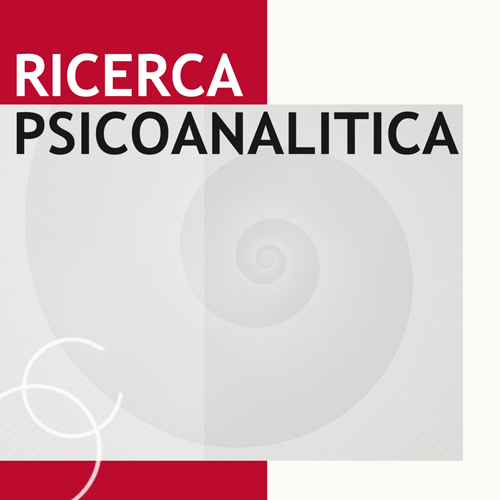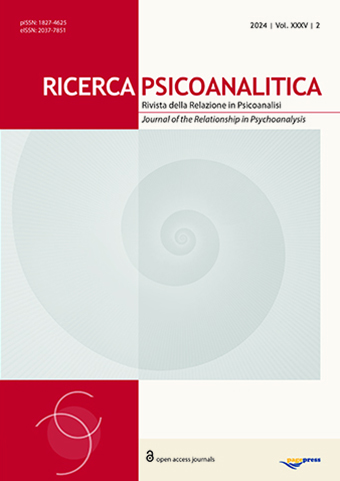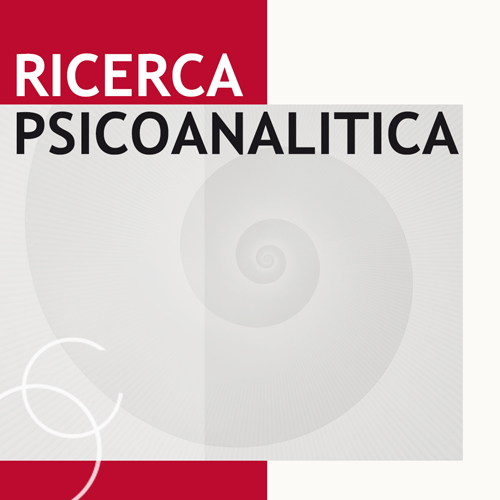The double ‘double bind’ of transgender persons and ways to overcome it

All claims expressed in this article are solely those of the authors and do not necessarily represent those of their affiliated organizations, or those of the publisher, the editors and the reviewers. Any product that may be evaluated in this article or claim that may be made by its manufacturer is not guaranteed or endorsed by the publisher.
Authors
In the transition to affirm their gender identity transgender persons sometimes get ‘entangled’ in a sort of ‘double double bind’: one based on the contraposition of anatomical sex and gender identity, and the other on the divergence between individual gender expectations and those manifested in the family and social environment. In order to help subjects deal with a situation which is often the source of significant personal distress, the author proposes psychological treatment or psychotherapy based on the so-called ‘affirmative gender model of informed consent’ from the Italian model of Psychoanalysis of Relationships, supplemented by contributions from the ‘Theory of non-linear dynamic complex systems’, Infant Research, from other authors in the psychoanalytic field, Neurophenomenology, and lastly, from the psychoanalytic field concept introduced in the last century by the Barangers and later developed by others, including Italian authors.
How to Cite

This work is licensed under a Creative Commons Attribution-NonCommercial 4.0 International License.
PAGEPress has chosen to apply the Creative Commons Attribution NonCommercial 4.0 International License (CC BY-NC 4.0) to all manuscripts to be published.










